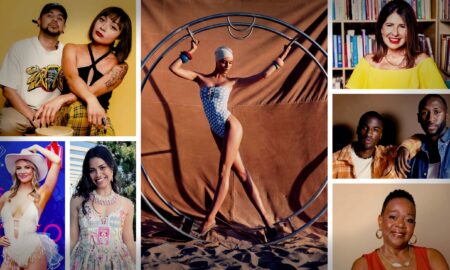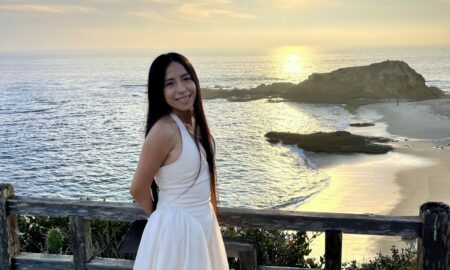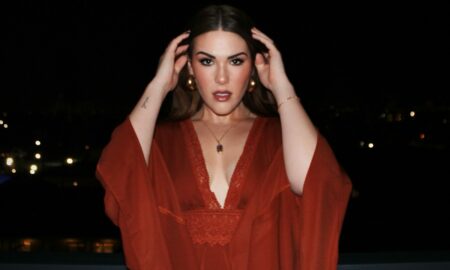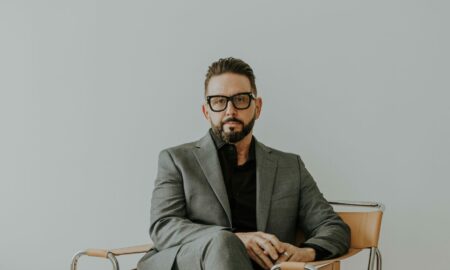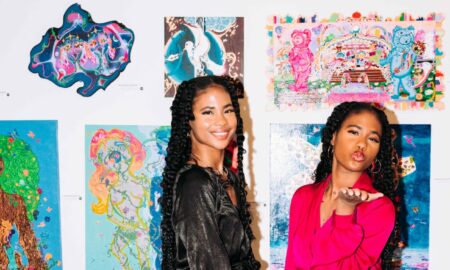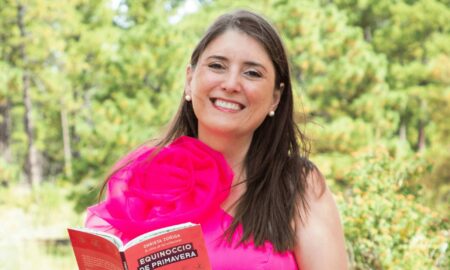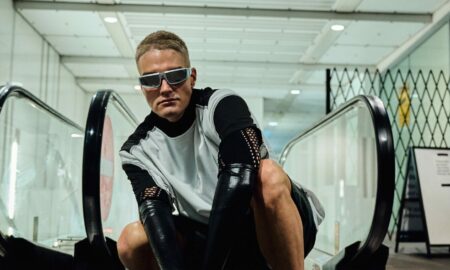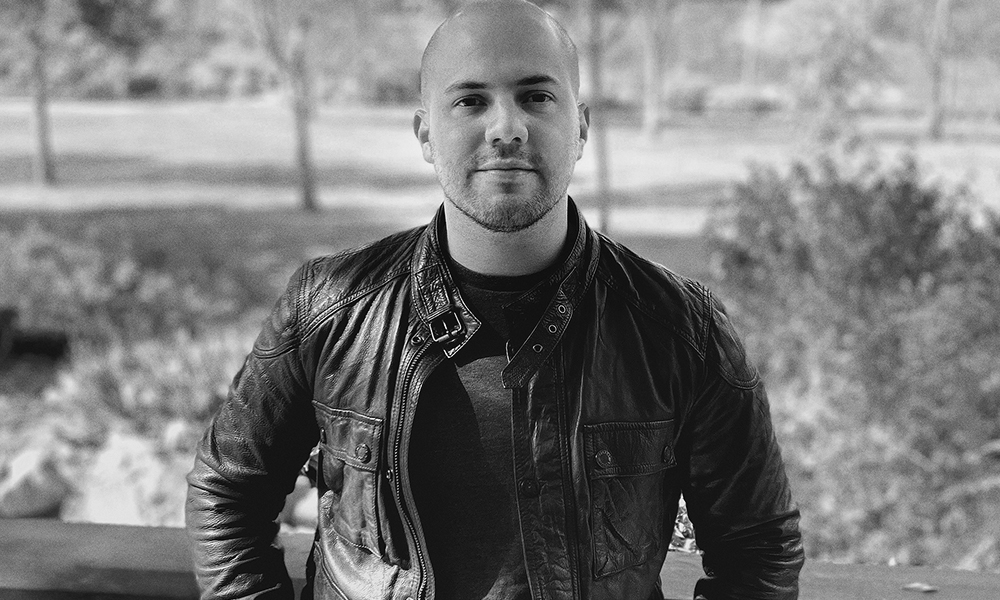

Today we’d like to introduce you to Eduardo Guisandes.
Eduardo, let’s start with your story. We’d love to hear how you got started and how the journey has been so far.
I was born in Maracaibo, a rather small and colorful city in Venezuela. Since my early childhood, I showed an interest in drawing, which I pursued very informally. Still, I never considered it as a path that could lead me to an actual career down the road.
I remember being influenced very early on by the range of artistic styles displayed in MTV bumpers in the ’90s, and also by an independent french animation show called Splat!, shown on Discovery Kids. I couldn’t even begin to comprehend that someone could make a living working on such radical, experimental animation, and it allured me greatly. I wasn’t particularly patient and easily distracted; thus, I couldn’t see myself becoming a traditional frame-by-frame animator or a photoreal painter. What attracted me the most was incorporating bits and pieces of lots of disciplines and bringing them together in uncommon ways.
I think that’s the quality that made Art Direction for Motion Design “click” for me. Whether it is minimalistic design, photoreal 3D, hand-drawn illustration, or mixed media collage, style can vary significantly from project to project. Variety fuels me and keeps me interested.
Overall, has it been relatively smooth? If not, what were some of the struggles along the way?
It has been a quite challenging road. First of all, pursuing a career in the arts seemed like an impossibility while being raised in a city with very conventional career paths and a very narrow view of the world. In such an undeveloped country, commerce and trade have always been favored as opposed to artistic careers. As a result, I almost ended up begrudgingly studying engineering. Nevertheless, I counted with the support from friends and family that encouraged me to take the leap and finally enroll in design school.
During my early design school years, Venezuela saw an explosion of motion design studios, helmed by Totuma in Caracas that was creating incredible content for the US market. Broadcast clients were suddenly attracted to the experimental, colorful style coming from South American design studios, as a contrast to the cold and sterile aesthetic that was then the norm. It seemed a very exciting prospect to become a part of that movement. Sadly, political turmoil destroyed the industry almost entirely. By the time I graduated, there were only a couple of studios still alive, hanging by a thread. I got an internship at the last motion design studio in my city – called Atarraya, which lasted roughly a year until all of the partners left the country to find a future elsewhere. That internship led to a full-time job, which also gave me a mentor that taught me the ropes and particularities of having a design shop in Venezuela.
After that studio closed its doors, I realized that if I wanted to continue working as a Motion Designer, the only option was to start a practice of my own. I got together with two of my best friends, sub-leased a studio space from a photographer, and learned by doing.
Those were very extenuating years in which we learned a ton, slept very little and barely made a living. We undertook projects ranging from tv commercials, concert visuals, music videos, industrial 3D animation, graphics for beauty pageants, and even wedding videography. Pretty much every job that came our way, we took it.
Looking in retrospect, we always joke that we didn’t actually build a design studio, we built a rocket ship – or a makeshift raft. The body of work we created during those years allowed the three of us to find jobs outside of Venezuela.
After deciding to leave my country, I started sending my portfolio to studios abroad. After seven months of paperwork, I finally was able to hop on a plane to LA and start working at King & Country – a design and production company based in Santa Monica. They gave me my first break into the industry, which I’ll be forever grateful for.
I spent almost five years there, first as a Senior Designer and Animator, and later as an Art Director working in commercials, network promos, title sequences and branding for clients such as Marvel, Bioware, Disney, Natgeo, History, NCAA, EA Sports, SYFY amongst many others. Most recently, I started a new chapter at MOCEAN LA as a Design Director, working in a plethora of design and theatrical projects for film and television.
Please tell us more about your art.
My favorite part of every project is usually its inception, the conceptual research phase. I’ve specialized in Art Direction, which entails defining the visual look and underlying concept of every piece. I find something that interests me in almost every subject and tend to spend a lot of time delving in literature, film, and random articles on the internet. This curiosity gives me a broad perspective that’s definitely helpful in any given project.
What is “success” or “successful” for you?
I’ve yet to define what success means for me. As for almost everybody in this town, the prospect of writing/directing a feature film is the Holy Grail. But for now, being able to live and work in such an interesting city as LA, keeping my family safe and perhaps hopping on a surfboard once or twice a week, seems like a great place to be.
Contact Info:
- Website: https://www.eduardoguisandes.com/
- Email: [email protected]









Suggest a story: VoyageLA is built on recommendations from the community; it’s how we uncover hidden gems, so if you or someone you know deserves recognition please let us know here.

